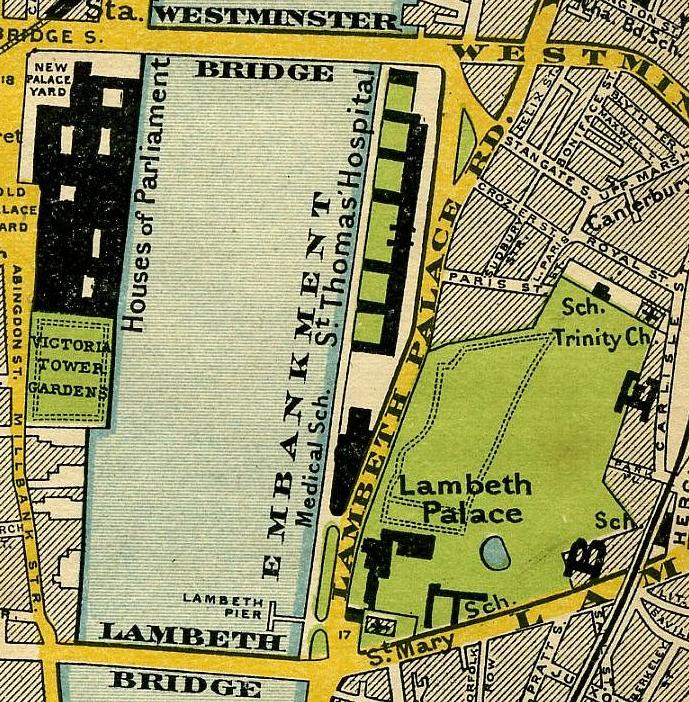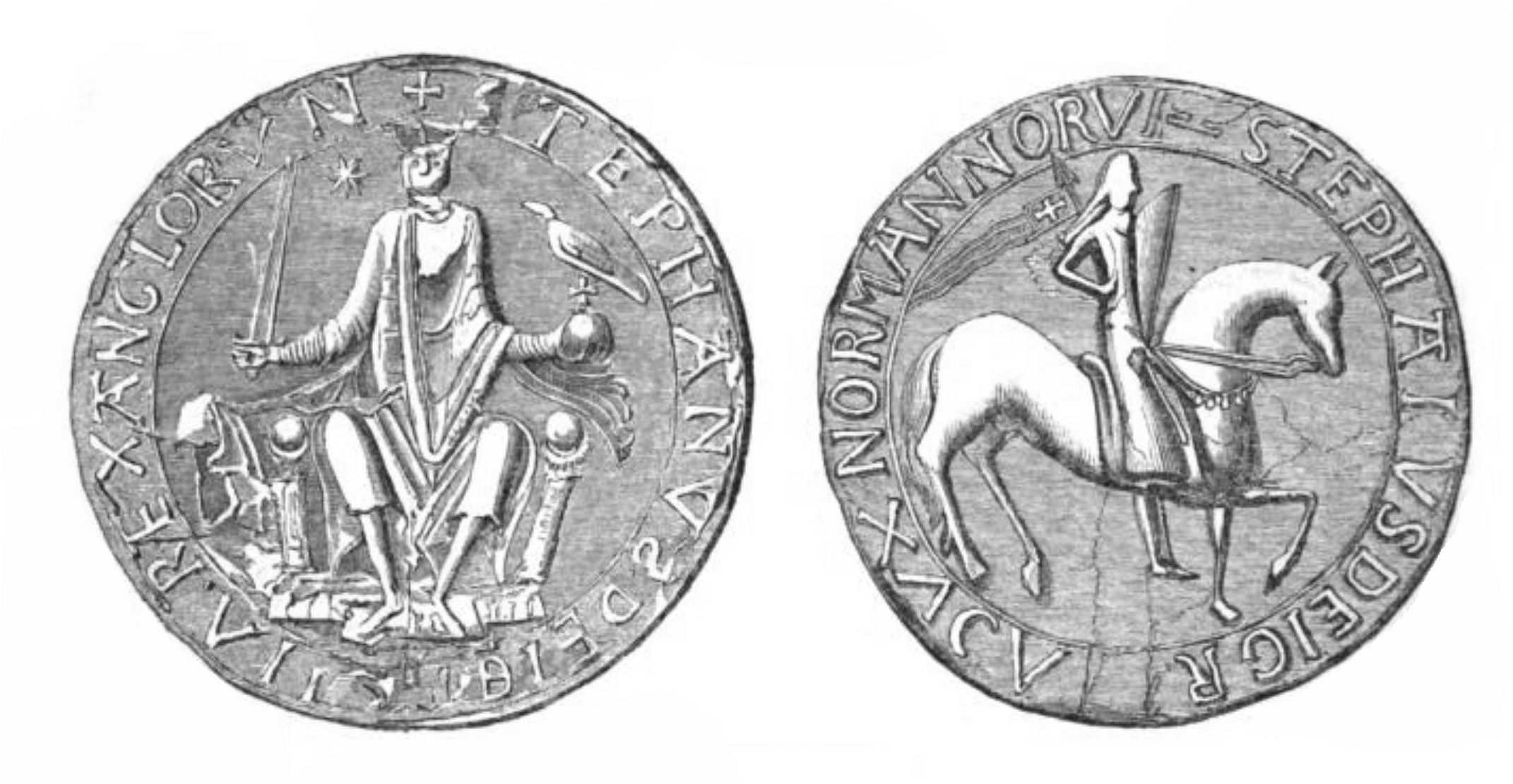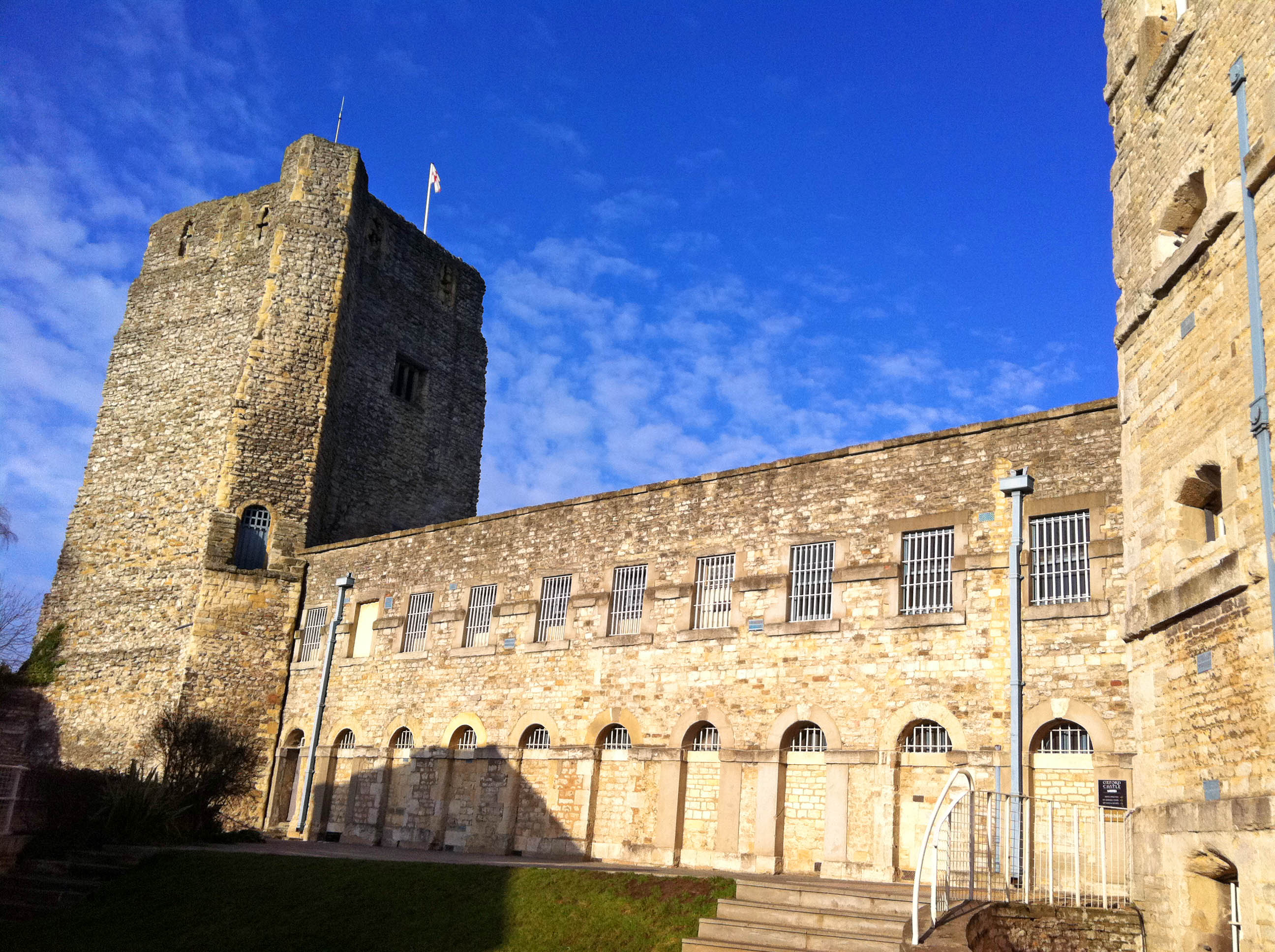|
Geoffrey Of Monmouth
Geoffrey of Monmouth ( la, Galfridus Monemutensis, Galfridus Arturus, cy, Gruffudd ap Arthur, Sieffre o Fynwy; 1095 – 1155) was a British cleric from Monmouth, Wales and one of the major figures in the development of British historiography and the popularity of tales of King Arthur. He is best known for his chronicle ''The History of the Kings of Britain'' ( la, De gestis Britonum or ') which was widely popular in its day, being translated into other languages from its original Latin. It was given historical credence well into the 16th century, but is now considered historically unreliable. Biography Geoffrey was born between about 1090 and 1100, in Wales or the Welsh Marches. He had reached the age of majority by 1129 when he is recorded as witnessing a charter. Geoffrey refers to himself in his ''Historia'' as ''Galfridus Monemutensis'' (Geoffrey of Monmouth), which indicates a significant connection to Monmouth, Wales, and may refer to his birthplace. His works atte ... [...More Info...] [...Related Items...] OR: [Wikipedia] [Google] [Baidu] |
Tintern Railway Station
Tintern railway station served the village of Tintern on the Wye Valley Railway. It was opened in 1876 and closed for passengers in 1959 and freight in 1964, when the line was closed completely. It was the second largest station on the line, the most substantial being Monmouth Troy railway station.B. M. Handley and R. Dingwall, ''The Wye Valley Railway and the Coleford Branch'', 1982, History The station was opened on 1 November 1876 and was one of the four original stations along the line. It consisted of a signal box, sidings, goods shed, station building, three platforms (two of which were island platforms), and a section of double track to allow trains to pass each other. It was a large station because the railway company hoped to generate much income from tourist traffic visiting the famous Tintern Abbey. The station was host to a Great Western Railway, GWR camping coach, camp coach from 1935 to 1939. A camping coach was also positioned here by the Western Region of Brit ... [...More Info...] [...Related Items...] OR: [Wikipedia] [Google] [Baidu] |
Robert, 1st Earl Of Gloucester
Robert FitzRoy, 1st Earl of Gloucester (c. 1090 – 31 October 1147 David Crouch, 'Robert, first earl of Gloucester (b. c. 1090, d. 1147)’, Oxford Dictionary of National Biography, Oxford University Press, 2004; online edn, May 200Retrieved 1 Oct 2010/ref>) (''alias'' Robert Rufus, Robert de Caen ( Latinised to Robertus de Cadomo), Robert Consul) was an illegitimate son of King Henry I of England. He was the half-brother of the Empress Matilda, and her chief military supporter during the civil war known as The Anarchy, in which she vied with Stephen of Blois for the throne of England. Early life Robert was probably the eldest of Henry's many illegitimate children. He was born before his father's accession to the English throne, either during the reign of his grandfather William the Conqueror or his uncle William Rufus. He is sometimes and erroneously designated as a son of Nest, daughter of Rhys ap Tewdwr, last king of Deheubarth, although his mother has been identified a ... [...More Info...] [...Related Items...] OR: [Wikipedia] [Google] [Baidu] |
Owain Gwynedd
Owain ap Gruffudd ( 23 or 28 November 1170) was King of Gwynedd, North Wales, from 1137 until his death in 1170, succeeding his father Gruffudd ap Cynan. He was called Owain the Great ( cy, Owain Fawr) and the first to be styled "Prince of Wales". He is considered to be the most successful of all the North Welsh princes prior to his grandson, Llywelyn the Great. He became known as Owain Gwynedd ( wlm, Owain Gwyned, "Owain of Gwynedd") to distinguish him from the contemporary king of Powys Wenwynwyn, Owain ap Gruffydd ap Maredudd, who became known as Owain Cyfeiliog. Early life Owain Gwynedd was a member of the House of Aberffraw, the senior branch of the dynasty of Rhodri the Great. His father, Gruffudd ap Cynan, was a strong and long-lived ruler who had made the principality of Gwynedd the most influential in Wales during the sixty-two years of his reign, using the island of Anglesey as his power base. His mother, Angharad ferch Owain, was the daughter of ... [...More Info...] [...Related Items...] OR: [Wikipedia] [Google] [Baidu] |
Lewis Thorpe
Lewis Guy Melville Thorpe FRSA FRHistS (5 November 1913 – 10 October 1977)''UK and Ireland, Obituary Index, 2004-2018'' was a British philologist and translator. He was married to the Italian scholar and lexicographer Barbara Reynolds. After service in Italy in the Second World War, Lewis Thorpe joined the staff of the University of Nottingham in 1946. He was Professor of French there from 1958 to 1977. He served as President of the British Branch of the International Arthurian Society and was a member of the Marylebone Cricket Club. Thorpe was born in Croydon.''England & Wales, Civil Registration Birth Index, 1837-1915'' He died in Nottingham in 1977. Publications *''La France guerrière''. Penguin, 1945. *''Le roman de Laurin, fils de Marques le Sénéchal''. 1950. *''Le roman de Laurin: text of MS B. N. F. fr. 22548''. Cambridge: Heffer, 1960. *'' Guido Farina, Painter of Verona, 1896-1957''. 1967 (with Barbara Reynolds). * Heldris de Cornouaille, ''Le roman de Silence''. ... [...More Info...] [...Related Items...] OR: [Wikipedia] [Google] [Baidu] |
Lambeth
Lambeth () is a district in South London, England, in the London Borough of Lambeth, historically in the County of Surrey. It is situated south of Charing Cross. The population of the London Borough of Lambeth was 303,086 in 2011. The area experienced some slight growth in the medieval period as part of the manor of Lambeth Palace. By the Victorian era the area had seen significant development as London expanded, with dense industrial, commercial and residential buildings located adjacent to one another. The changes brought by World War II altered much of the fabric of Lambeth. Subsequent development in the late 20th and early 21st centuries has seen an increase in the number of high-rise buildings. The area is home to the International Maritime Organization. Lambeth is home to one of the largest Lusophone, Portuguese-speaking communities in the UK, and is the second most commonly spoken language in Lambeth after English language, English. History Medieval The origins of the ... [...More Info...] [...Related Items...] OR: [Wikipedia] [Google] [Baidu] |
Bishop Of St Asaph
The Bishop of St Asaph heads the Church in Wales diocese of St Asaph. The diocese covers the counties of Conwy and Flintshire, Wrexham county borough, the eastern part of Merioneth in Gwynedd and part of northern Powys. The Episcopal seat is located in the Cathedral Church of St Asaph in the city of St Asaph in Denbighshire, north Wales. The Bishop's residence is Esgobty, St Asaph. The current bishop is Gregory Cameron, who was elected on 5 January and consecrated on 4 April 2009. He became Bishop of St Asaph in succession to John Davies, who was consecrated in October 1999 and who retired in 2008. Early times This diocese was supposedly founded by St Kentigern (Cyndeyrn) about the middle of the 6th century, although this is unlikely. The date often given is 583. Exiled from his see in Scotland, Kentigern is said to have founded a monastery called Llanelwy – which is the Welsh name for St Asaph – at the confluence of the rivers Clwyd and Elwy in north Wales, where after hi ... [...More Info...] [...Related Items...] OR: [Wikipedia] [Google] [Baidu] |
Theobald Of Bec
Theobald of Bec ( c. 1090 – 18 April 1161) was a Norman archbishop of Canterbury from 1139 to 1161. His exact birth date is unknown. Some time in the late 11th or early 12th century Theobald became a monk at the Abbey of Bec, rising to the position of abbot in 1137. King Stephen of England chose him to be Archbishop of Canterbury in 1138. Canterbury's claim to Primacy of Canterbury, primacy over the Welsh ecclesiastics was resolved during Theobald's term of office when Pope Eugene III decided in 1148 in Canterbury's favour. Theobald faced challenges to his authority from a subordinate bishop, Henry of Blois, Bishop of Winchester and King Stephen's younger brother, and his relationship with King Stephen was turbulent. On one occasion Stephen forbade him from attending a Council of Reims (1148), papal council, but Theobald defied the king, which resulted in the confiscation of his property and temporary exile. Theobald's relations with his cathedral clergy and the mona ... [...More Info...] [...Related Items...] OR: [Wikipedia] [Google] [Baidu] |
Lincoln, Lincolnshire
Lincoln () is a cathedral city, a non-metropolitan district, and the county town of Lincolnshire, England. In the 2021 Census, the Lincoln district had a population of 103,813. The 2011 census gave the urban area of Lincoln, including North Hykeham and Waddington, a population of 115,000. Roman ''Lindum Colonia'' developed from an Iron Age settlement on the River Witham. Landmarks include Lincoln Cathedral (English Gothic architecture; for over 200 years the world's tallest building) and the 11th-century Norman Lincoln Castle. The city hosts the University of Lincoln, Bishop Grosseteste University, Lincoln City FC and Lincoln United FC. Lincoln is the largest settlement in Lincolnshire, with the towns of Grimsby second largest and Scunthorpe third. History Earliest history: ''Lincoln'' The earliest origins of Lincoln can be traced to remains of an Iron Age settlement of round wooden dwellings, discovered by archaeologists in 1972, which have been dated to the first cen ... [...More Info...] [...Related Items...] OR: [Wikipedia] [Google] [Baidu] |
Walter Of Oxford
Walter of Oxford (died 1151) ( la, Valterus Calenius) was a cleric and writer. He served as archdeacon of Oxford in the 12th century. Walter was a friend of Geoffrey of Monmouth, who claimed he got his chief source for the ''Historia Regum Britanniae'' from him. In the dedication to his ''Historia Regum Britanniae'', Geoffrey claims that while writing the book he had struggled to find material on the early Kings of the Britons. This problem had been solved when Walter gave him a "very ancient book" written in ''britannicus sermo'' (The "British" tongue, i.e. Brittonic, Welsh, or Breton). Geoffrey claims that his ''Historia'' is a faithful translation of that book into Latin. However, few modern scholars believe this to be true.Thorpe, pp. 14-19 Biography Walter's name is attached to the ''Brut Tysilio'', a variant of the Welsh chronicle ''Brut y Brenhinedd''. According to a colophon attached to the chronicle, Walter was responsible for translating the book, which is ascribed to t ... [...More Info...] [...Related Items...] OR: [Wikipedia] [Google] [Baidu] |
Oxford Castle
Oxford Castle is a large, partly ruined medieval castle on the western side of central Oxford in Oxfordshire, England. Most of the original moated, wooden motte and bailey castle was replaced in stone in the late 12th or early 13th century and the castle played an important role in the conflict of the Anarchy. In the 14th century the military value of the castle diminished and the site became used primarily for county administration and as a prison. The surviving rectangular St George's Tower is now believed to pre-date the remainder of the castle and be a watch tower associated with the original Saxon west gate of the city. Most of the castle was destroyed in the English Civil War and by the 18th century the remaining buildings had become Oxford's local prison. A new prison complex was built on the site from 1785 onwards and expanded in 1876; this became HM Prison Oxford. The prison closed in 1996 and was redeveloped as a hotel and visitor attraction. The medieval remains of t ... [...More Info...] [...Related Items...] OR: [Wikipedia] [Google] [Baidu] |
Oxford
Oxford () is a city in England. It is the county town and only city of Oxfordshire. In 2020, its population was estimated at 151,584. It is north-west of London, south-east of Birmingham and north-east of Bristol. The city is home to the University of Oxford, the oldest university in the English-speaking world; it has buildings in every style of English architecture since late Anglo-Saxon. Oxford's industries include motor manufacturing, education, publishing, information technology and science. History The history of Oxford in England dates back to its original settlement in the Saxon period. Originally of strategic significance due to its controlling location on the upper reaches of the River Thames at its junction with the River Cherwell, the town grew in national importance during the early Norman period, and in the late 12th century became home to the fledgling University of Oxford. The city was besieged during The Anarchy in 1142. The university rose to dom ... [...More Info...] [...Related Items...] OR: [Wikipedia] [Google] [Baidu] |
Monmouth Priory
Monmouth Priory, in Priory Street, Monmouth, Wales, is a building that incorporates the remains of the monastic buildings attached to St Mary's Priory Church. The priory was a Benedictine foundation of 1075, and parts of the mediaeval buildings remain. The buildings were substantially redeveloped in the nineteenth century for use as St Mary's National School, and now form a community centre. The complex is a Grade II* listed building as of 27 June 1952. It is one of 24 sites on the Monmouth Heritage Trail. History The priory was founded by Withenoc (or Gwethenoc), a Breton who became lord of Monmouth in 1075. Glamorgan-Gwent Archaeological Trust Historic Landscape Characterisation: Lower Wye Valley Accessed 11 Ja ... [...More Info...] [...Related Items...] OR: [Wikipedia] [Google] [Baidu] |







